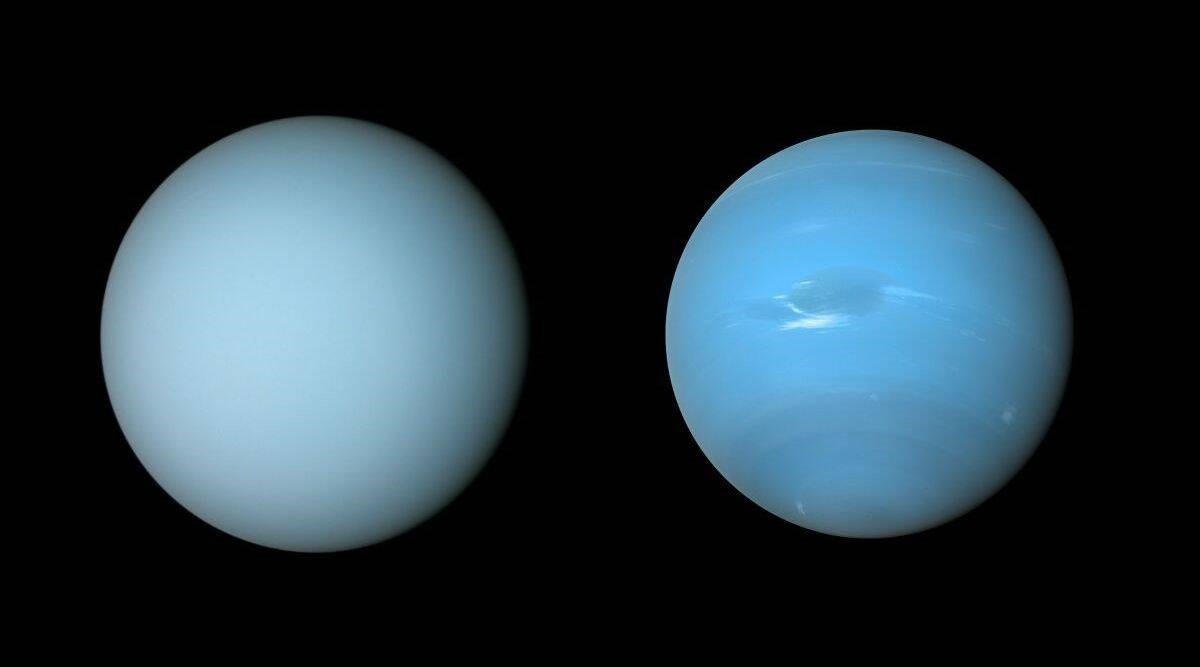Published on: June 1, 2022

NEPTUNE IS BLUER THAN URANUS
NEPTUNE IS BLUER THAN URANUS

Why in news?
New research led by Professor Patric Irwin at the Department of Physics, University Oxford, suggests that a hazy layer that exists on both planets is behind the different shades of blue.
Highlights:
- A team of international researchers used observations from the Hubble Space Telescope, the NASA Infrared Telescope Facility and the Gemini North telescope to describe aerosol layers in the atmospheres of both planets
What does the research say?
- This is the first model to simultaneously fit observations of reflected sunlight from ultraviolet to near-infrared wavelengths. It’s also the first to explain the difference in visible colour between Uranus and Neptune
- The team’s model predicts three haze layers at different heights in the atmospheres of Neptune and Uranus. The middle layer of haze particles on Uranus is reportedly thicker than the one on Neptune.
- Methane ice condenses on the particles in the middle layer of haze, which forms a shower of methane snow that pulls haze particles deeper into the atmosphere. Once there, the haze particles can promote the condensation of hydrogen sulphide ice, forming a separate, deeper layer of haze.
-
Neptune’s atmosphere is more active and turbulent than that of Uranus, suggesting that the former is more efficient at churning up gaseous methane into the haze layer where it can condense on the haze particles and produce this snow. This removes more haze and keeps Neptune’s haze layer thinner and thereby making Neptune appear bluer. The excess haze on Uranus builds up in the planet and gives it a lighter tone.

